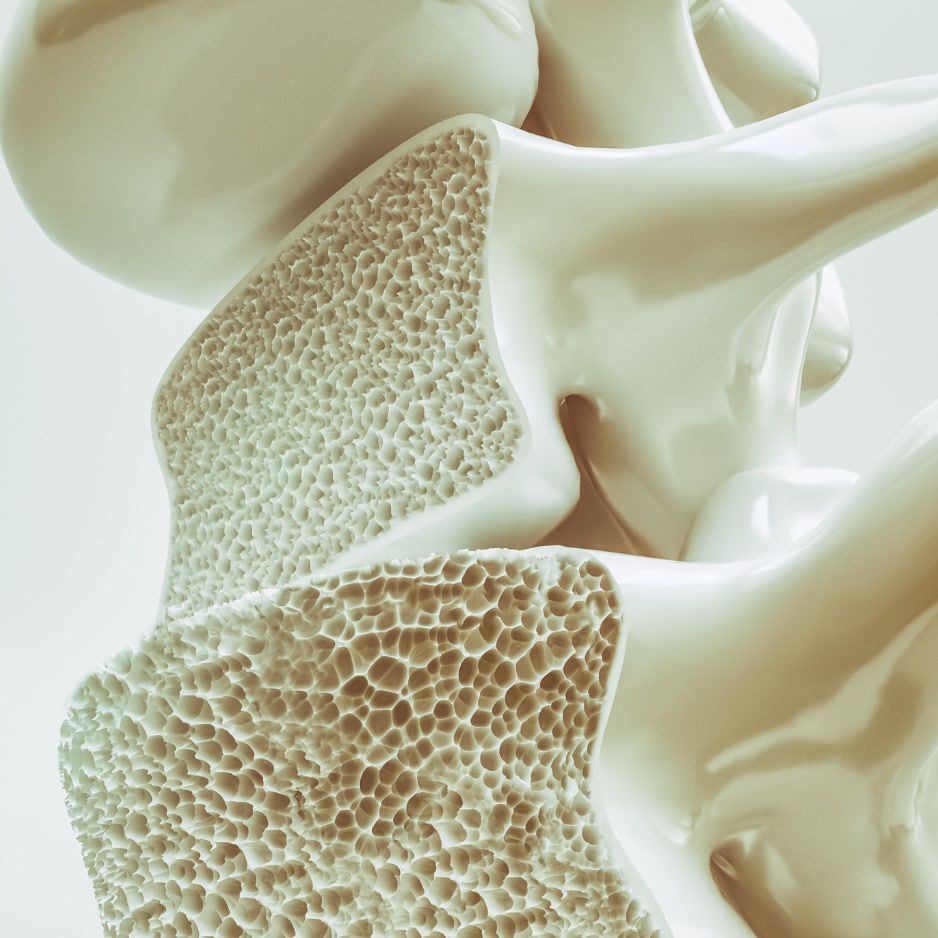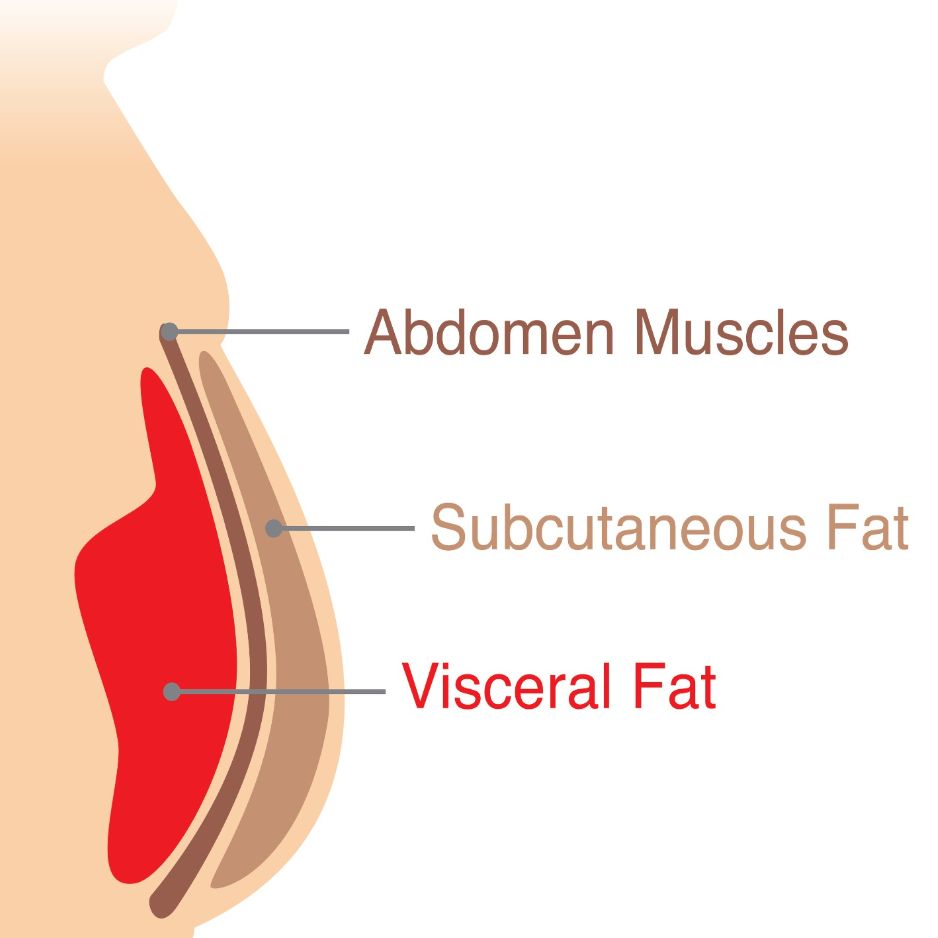Fasted Strength Training: Fat Loss & Muscle Gain Guide

Fasted Strength Training: Fat Loss & Muscle Gain Guide
Want to lift weights before breakfast—but worried you’ll compromise performance or safety? You’re not alone. Fasted strength training—performing resistance exercise after an overnight or prolonged fast—has become increasingly popular among time-crunched professionals, intermittent fasters, and Ramadan observers alike.
Below, we break down what the latest research really says, who benefits (and who doesn’t), and how to design a safe, effective fasted lifting routine that still supports maximal strength and muscle growth. Always consult a qualified healthcare professional before making significant changes to your diet or exercise regimen.

Key Takeaways
- Training fasted can enhance fat oxidation without automatically sacrificing hypertrophy—provided total daily protein and calories stay on point.
- A key 12-week study found comparable muscle growth between fasted and fed lifters.
- The same study reported slightly higher strength gains when sessions occurred after eating.
- Hydration, electrolytes, and caffeine are essential fasted pre-workout priorities; simple carbs can wait until the post-lift meal.
- Women, high-volume athletes, and anyone prone to low blood sugar should use shorter fasts or plan sessions closer to their eating window.
- Use BodySpec DEXA scans every 8–12 weeks to verify that your fasted plan is trimming fat—not lean mass—see our body recomposition guide for tips on interpreting results.
What Counts as “Fasted” Strength Training?
Most studies define fasted as 10–14 hours with zero calories—essentially an overnight fast until a morning workout. But the same principles apply if you lift near the end of a prolonged intermittent-fasting window (e.g., 16/8 or 20/4).
Fasted ≠ dehydrated. Water, black coffee, and non-caloric electrolytes are fair game and strongly recommended.
The Physiology: Why Fasted Lifting Feels Different
| Fasted State | Fed State |
|---|---|
| Lower liver & muscle glycogen | Higher glycogen stores |
| Elevated adrenaline, growth hormone | Moderated hormonal spikes |
| Increased fat-oxidation enzymes | Greater carbohydrate utilization |
| Potentially higher cortisol | Typically lower cortisol |
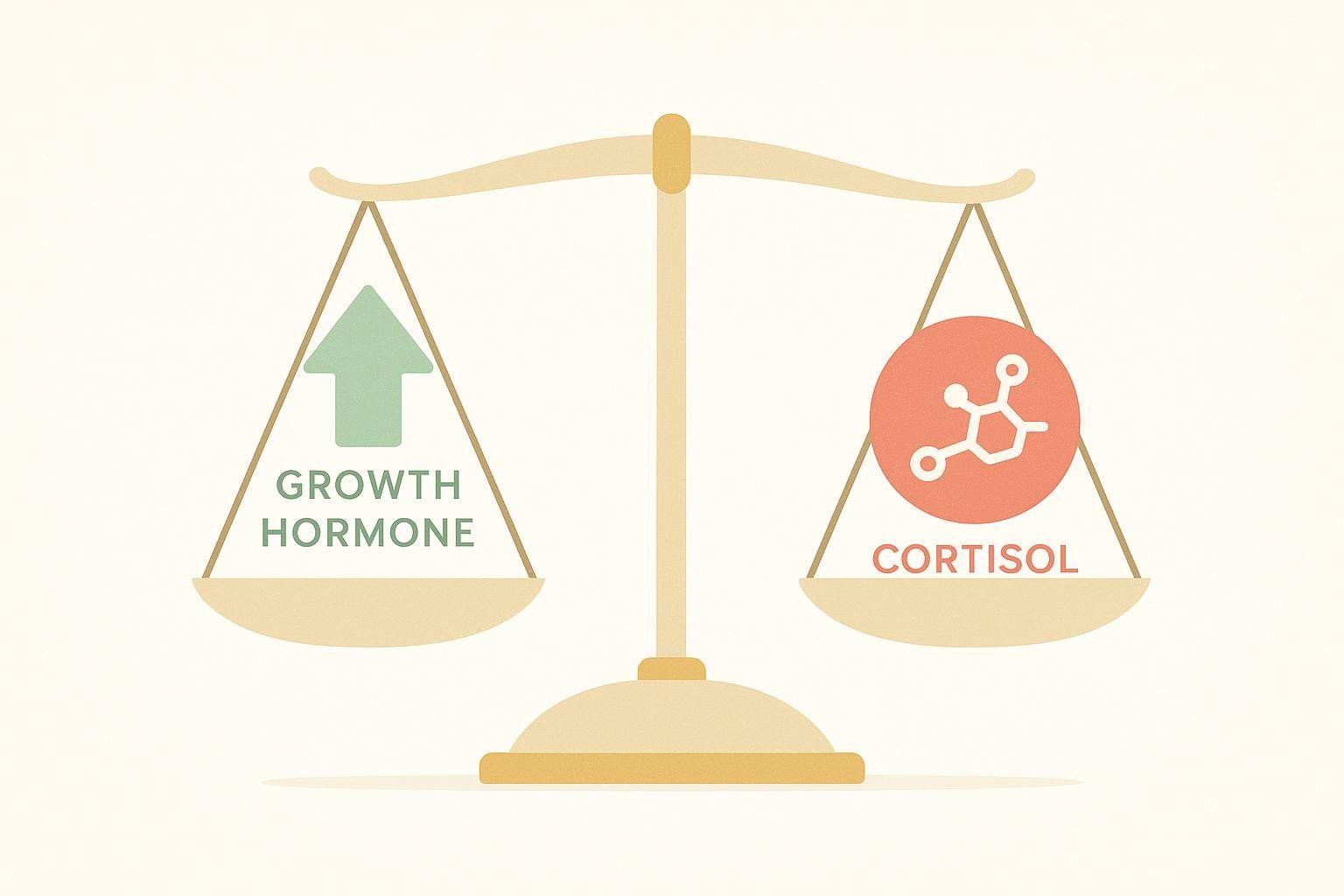
A 2023 meta-analysis of 28 trials shows that exercising without recent carbohydrate intake ramps up fatty-acid mobilization and may improve metabolic flexibility—your body’s ability to switch fuel sources on demand.
But there’s a catch: depleted glycogen plus rising cortisol can hamper heavy-lifting performance if the session drags on or volume skyrockets.
Evidence Check: What the Studies Actually Show
Muscle Growth & Body Composition
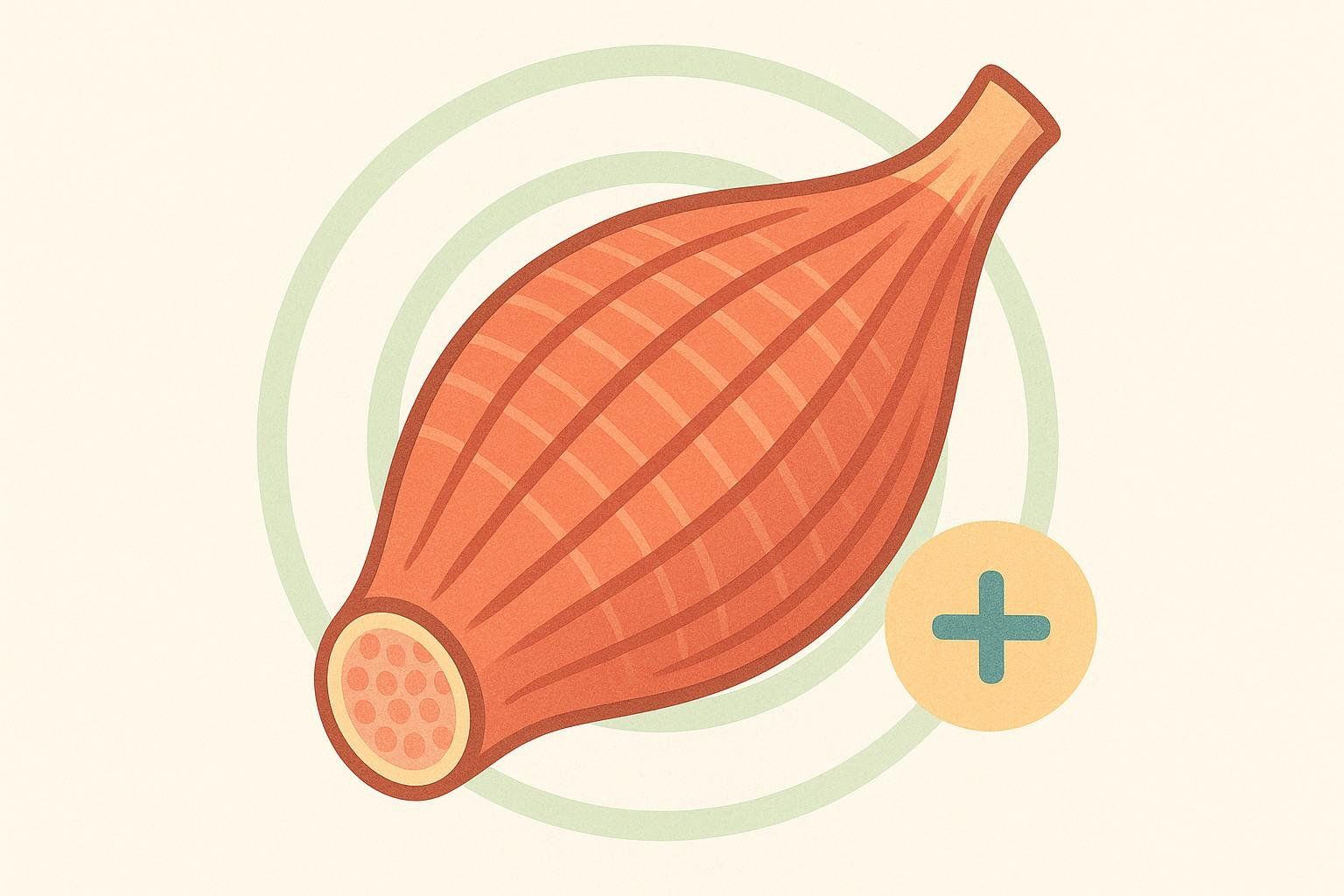
- A 12-week randomized trial in 2023 found no significant difference in quadriceps hypertrophy between participants who lifted after a 10-hour fast and those who trained fed. Both groups gained strength; the fasted group even logged a small uptick in fat-free mass.
- In a study of trained men observing Ramadan, researchers reported greater gains in squat/deadlift 1RM when workouts occurred after breaking the fast, although muscle size stayed constant across groups.
Performance
- Acute research notes minor (~3–6 %) decreases in peak power and volume during high-intensity sessions when fasted, especially after >14 h without food. The drop often disappears once participants acclimate or sessions last <45 minutes (summarized across multiple trials from 2018–2023).
Hormones & Metabolism
- Coverage from Parkview Health explains that fasted resistance exercise spikes growth hormone, which is anabolic, but simultaneously elevates cortisol, a catabolic hormone—creating a complex hormonal balance with both anabolic and catabolic effects.
- Fasted exercise also boosts enzymes involved in fat oxidation, as noted in the 2023 meta-analysis above.
Pros & Cons at a Glance
| Potential Benefits | Possible Drawbacks |
|---|---|
| Higher fat-oxidation during/after workout | Slight strength drop in some lifters |
| Convenience for early schedules | Elevated cortisol & fatigue risk |
| Improved insulin sensitivity | Greater dehydration risk |
| May reduce GI discomfort pre-lift | Not ideal for very high-volume sessions |
| Supports religious or time-restricted eating | Women may experience hormonal stress if energy intake is too low |
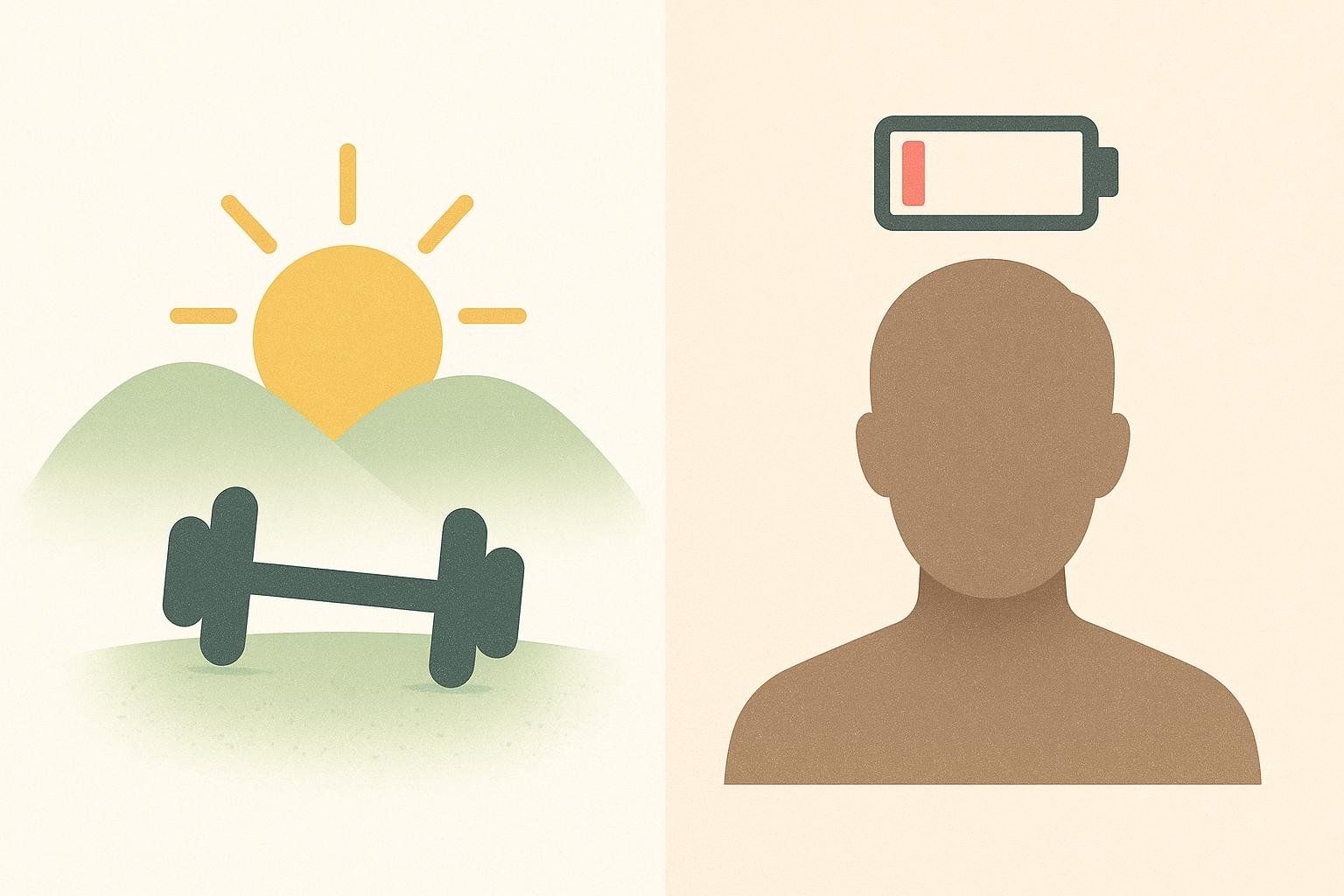
Who Stands to Gain the Most?
- Early-morning professionals squeezing lifts in before work.
- Intermittent fasters using 16/8, 18/6, or 20/4 windows.
- Cutting phases where maximizing fat loss while defending muscle is priority.
- Ramadan observers needing daytime-fast compliance.
Not ideal for:
- Individuals with hypoglycemia, eating disorders, or uncontrolled cortisol issues.
- Powerlifters peaking for maximal loads; even small performance dips matter.
- Athletes training >60 minutes or twice daily.

Protocol Builder: Designing Your Fasted Strength Session
1. Timing Blueprint (Morning Example)
| Time | Action |
|---|---|
| 5:45 a.m. | Wake, 500 mL water + electrolytes, optional black coffee (caffeine boosts power) |
| 6:10 a.m. | Dynamic warm-up (5–8 min) |
| 6:20 a.m. | Compound lifts first: 3–4 sets of squat, bench press, deadlift or hinge |
| 6:50 a.m. | Accessory work: 2–3 supersets (rows, lunges, core) |
| 7:10 a.m. | Cool-down & stretch |
| 7:20 a.m. | Break the fast: 40 g+ protein shake + balanced carbs/fats |
2. Macro Timing Table
These are general starting points based on sports-nutrition research; individual needs may vary significantly depending on total diet, training volume, body composition, and specific goals.
| Goal | Fasting Window | Lift Timing | Post-Workout Meal (within) | Daily Protein |
|---|---|---|---|---|
| Fat Loss | 16 h fast / 8 h eat | Hour 15 | 60 min | 1.8–2.2 g/kg |
| Maintain | 14 h fast / 10 h eat | Hour 13 | 90 min | 1.6–2.0 g/kg |
| Muscle Growth Focus* | 12 h fast / 12 h eat | Hour 11 | 45 min | 2.0–2.4 g/kg |
*This shorter 12-hour fast balances metabolic benefits with the energy demands of hypertrophy— a pragmatic starting point for athletes prioritizing muscle growth in a fasted state.
3. Supplement Checklist (Strict Fast-Friendly)
- Water + sodium/potassium electrolytes
- Black coffee or zero-calorie pre-workout (caffeine <300 mg)
- Creatine monohydrate (doesn’t break a fast)
Note on BCAAs: Some athletes add ≈5 g branched-chain amino acids during long fasts. They provide minimal calories and technically break a fast, and evidence suggests little added benefit when total protein intake is adequate.
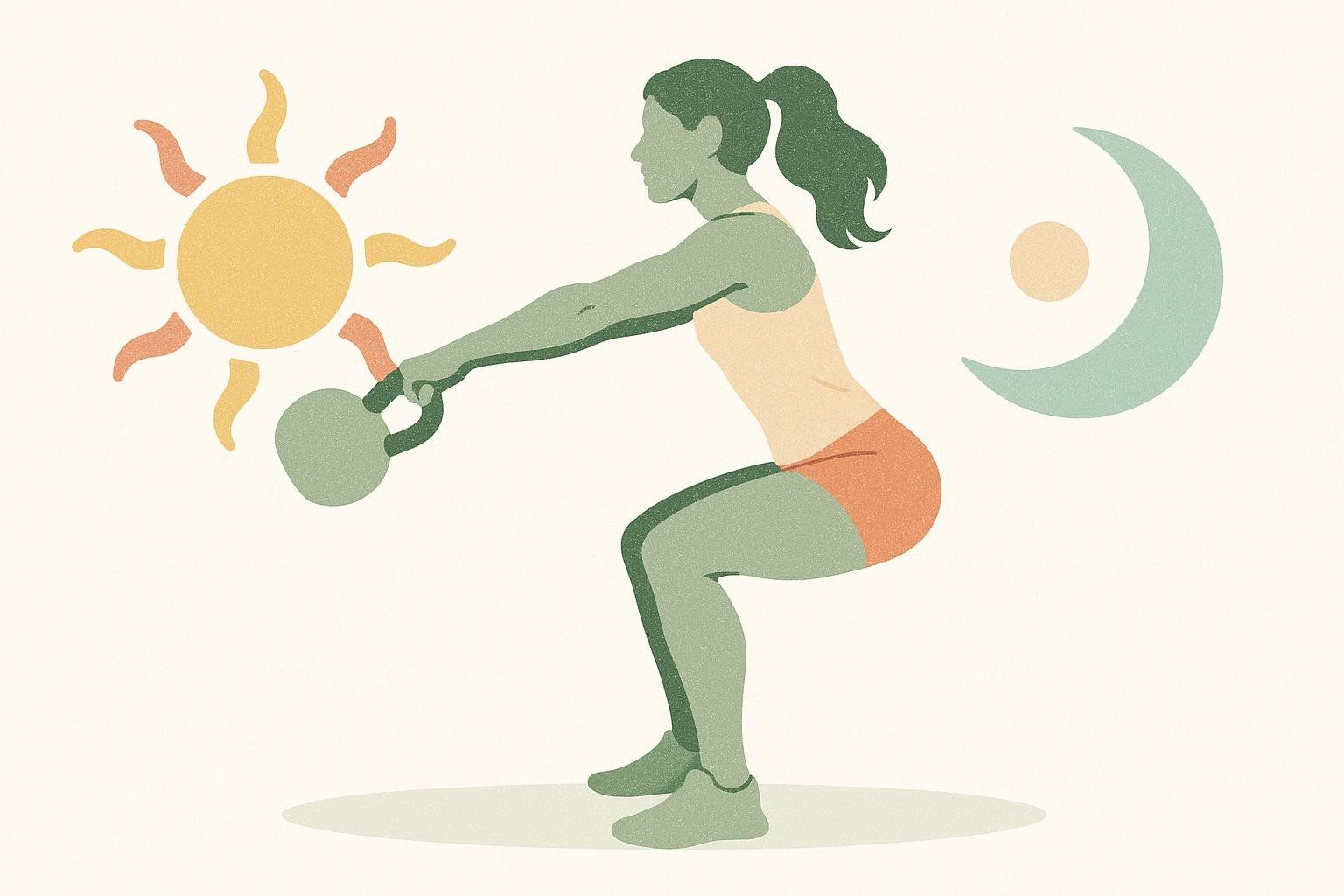
Fasted Lifting for Women: Cycle-Smart Guidelines
Women’s bodies are especially sensitive to low energy availability. Consider:
- Use a shorter fast (12–14 h) on high-intensity strength days.
- Consider scheduling heaviest lifts in the follicular phase (days 1–14) when estrogen tends to rise and recovery may be more robust.
- During the luteal phase, reduce volume or train fed if energy and mood dip.
- Track menstrual cycles—any irregularity is a cue to increase calories or shorten fasting.
For a deeper dive, see our intermittent fasting for women guide.
Performance & Safety Tips
- Cap sessions at 45–60 min to limit glycogen drain.
- Stick with 5–8 rep ranges; ultra-high reps burn through carb stores faster.
- Progressive overload still rules—adjust loads weekly, not daily.
- Listen to biofeedback. Dizziness or shaky legs? Pause, evaluate, and consider 15–20 g of quick carbs before resuming.

Measuring Results: Why DEXA Is Your Fasted-Training Truth Serum
Bathroom scales can’t tell whether the pounds you lose are fat or precious muscle. A BodySpec DEXA scan quantifies fat mass, lean mass, visceral fat, and bone density in one 15-minute visit—ideal for verifying that your fasted program is working.
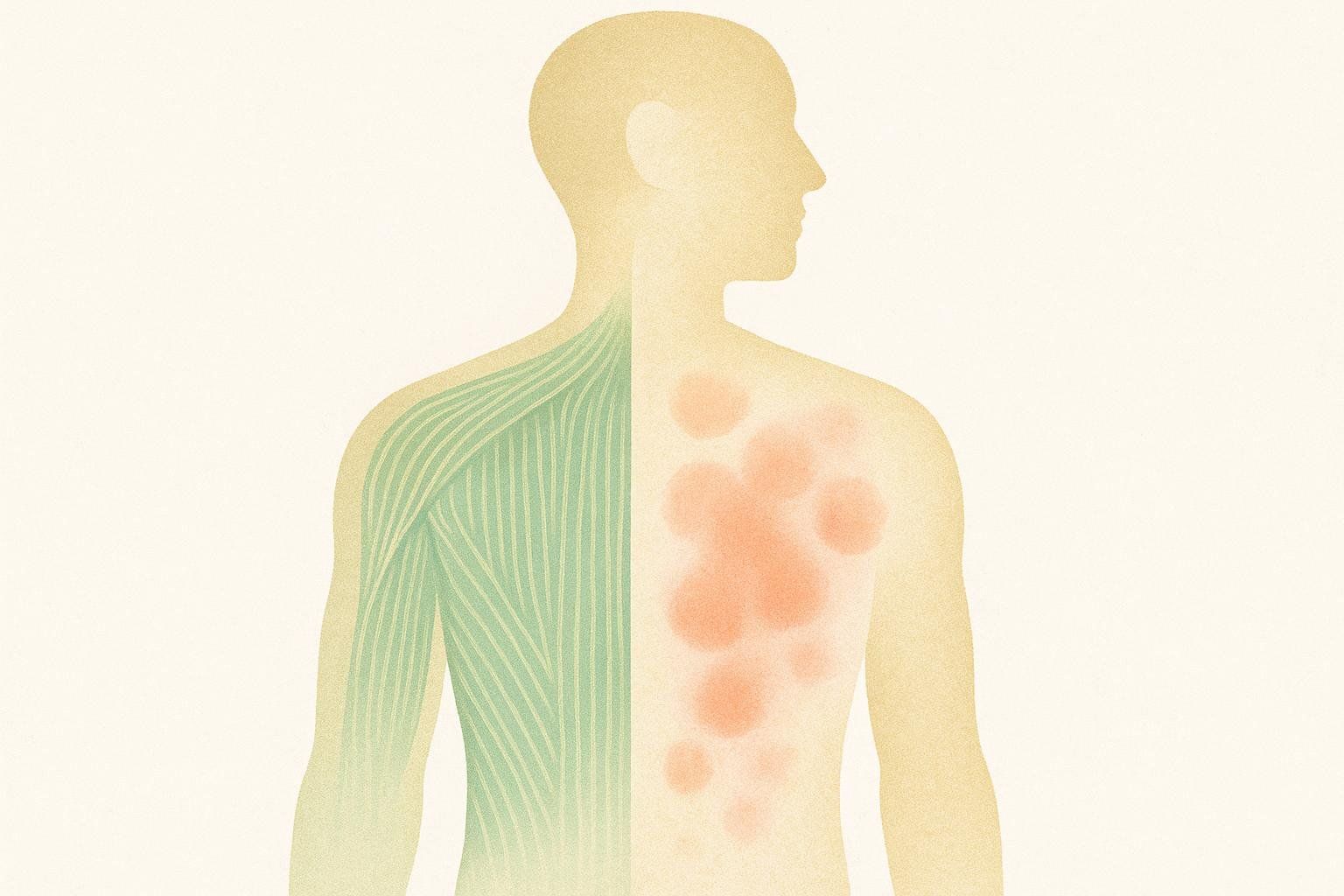
Book a scan at one of our locations in NorCal, SoCal, Austin, Dallas, and Seattle or learn more in our complete DEXA scan guide.
Fasted Strength Training FAQ
Does taking creatine break my fast?
No. Creatine has no calories and doesn’t provoke an insulin response.
How often should I lift fasted?
Start with 2–3 sessions per week and monitor strength metrics and recovery.
Why did my strength drop in week 3?
A strength drop is often linked to insufficient sleep, low total carbohydrate intake, or dehydration. Review these factors first to identify the likely cause.
Ready to verify that your fasted workouts are burning fat while preserving muscle? Schedule a BodySpec DEXA scan and get objective data on your progress.
